
Geometry
by Nataliya Khomyak
In this booklet, you will learn the definitions and properties of geometric figures that will help you to compute solutions to problems involving rays, angles, angle measures, vertical angles, triangles, and parallel lines cut by a transversal. You will identify polygons including triangles, quadrilaterals, and 3-dimentional figures such as pyramid, prism, cube, cone, and cylinder.
Two segments or angles are said to be congruent if they have the same measure.

A line is infinitely long, in space it is defined by two points. Any three different points on the line will form 180° angle.
![]()
A ray, is a subset of a line, it begins at one point and extends indefinitely in one direction.
![]()
A line segment is a subset of a line; it begins at one point and ends at another.
![]()
If two distinct lines are intersected by a third line (not at the same point), then the third line is called transversal of the other two lines.
Midpoint divides a line segment into two congruent sub segments.

Angle is formed by two rays originating from the same point called the vertex of the angle.


These special angle names are also used to classify triangles.
Angle with a measure between zero and ninety degrees is called Acute angle.
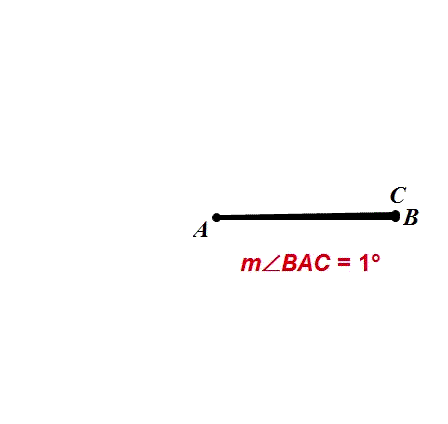
Angle with a measure of exactly ninety degrees is called a Right angle.
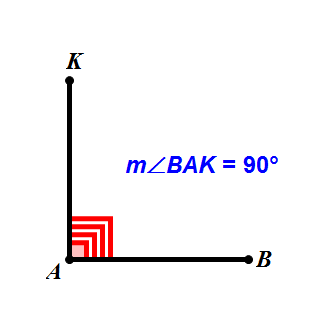
Angle with a measure between ninety and one hundred eighty degrees is called Obtuse angle.
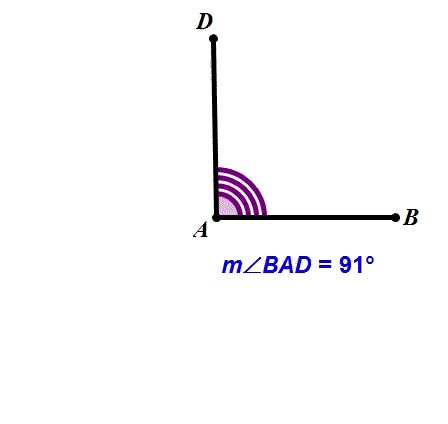
Angle with a measure of exactly one eighty degrees is called a Straight angle.
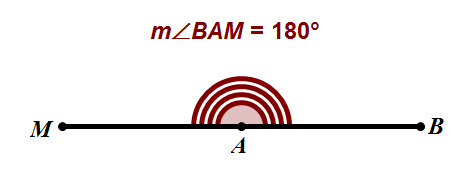
Angle with a measure between one hundred eighty and three hundred sixty degrees is called Reflex angle.
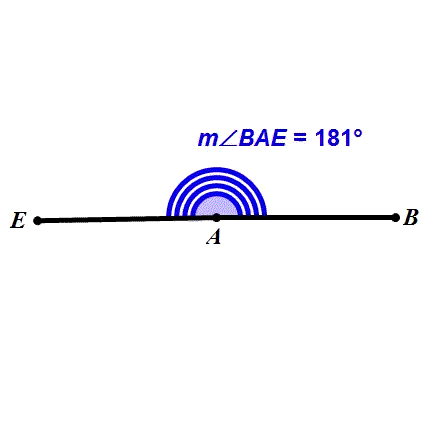
These special terms give us clues of how given angles relate to each other. Knowing these terms comes in very useful during problem solving.
Two non-overlapping angles that share a side are called adjacent angles.

Two angles are complementary if they add up to 90°
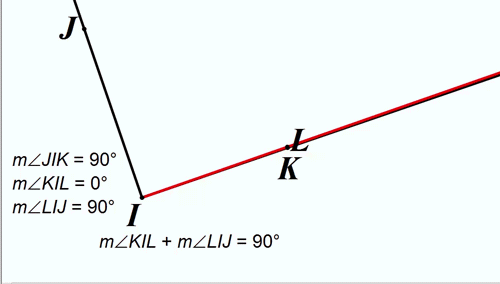

Two angles are supplementary if they add up to 180°
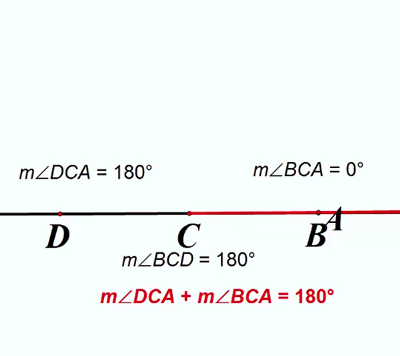

In the following picture <XSN is right angle and <KST is straight angle. Given that m(<XSP)=45°, and m(<XST)=140°, calculate measure of angles <KSX, <PSN, and <NST.
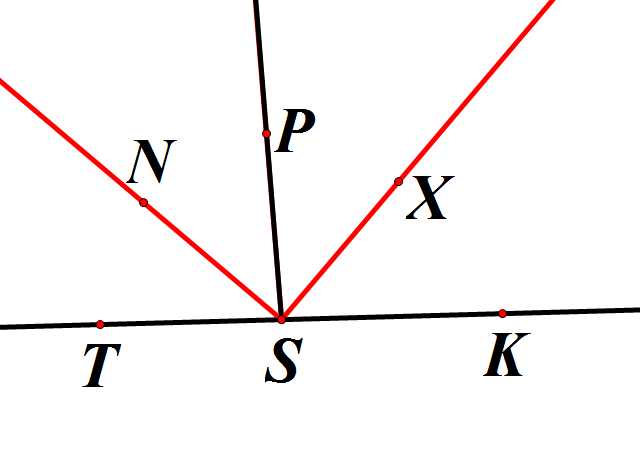



Vertical-Angles are congruent (have same measure).
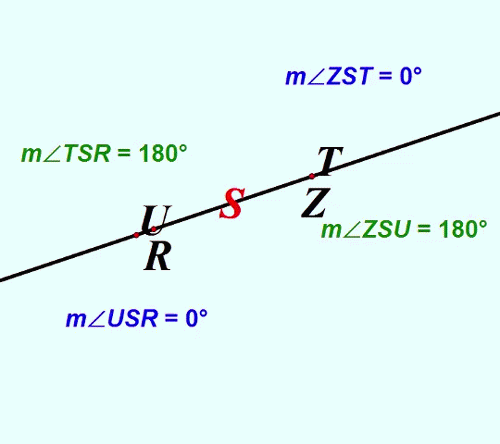

Eight angles are formed when two lines are intersected by a transversal, creating four pairs of corresponding angles; these are the angles that are in the same relative position to each other.
Refer to the picture below, and then match corresponding angles.
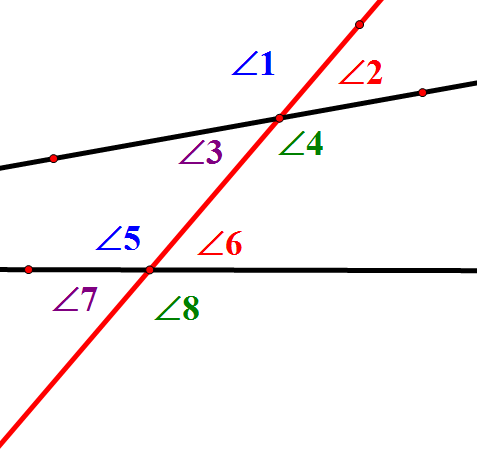

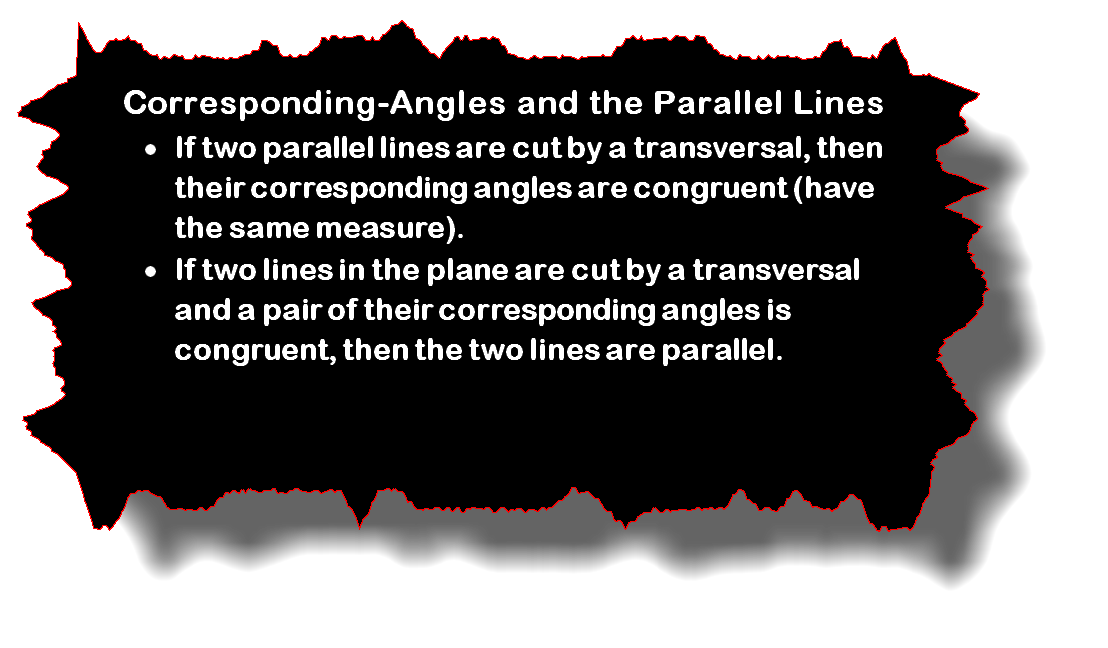
When two parallel lines are intersected by a transversal, angles that are formed in between (interior) the lines and on opposite sides of the transversal (alternate) form two pairs of alternate-interior-angles.
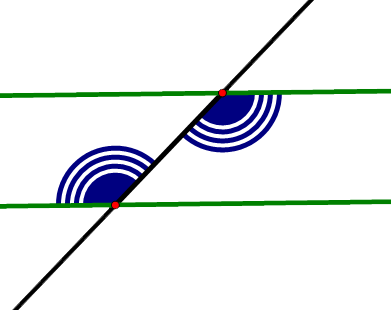
When two parallel lines are intersected by a transversal, angles that are formed outside (exterior) of the lines and on opposite sides of the transversal (alternate) form two pairs of alternate-exterior-angles.
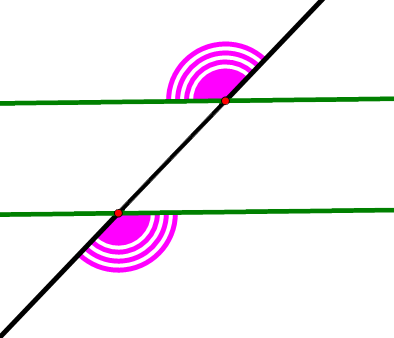
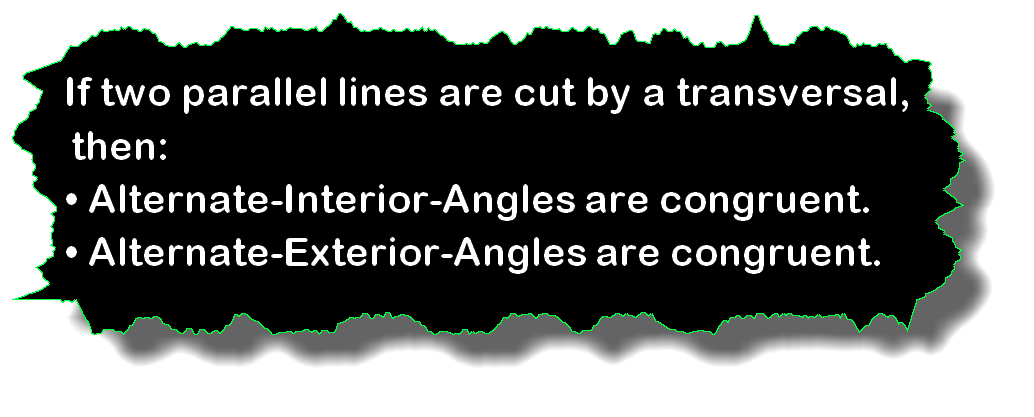



The lines 1 and 2 are parallel. Find the measures of the labeled angles shown in the picture.
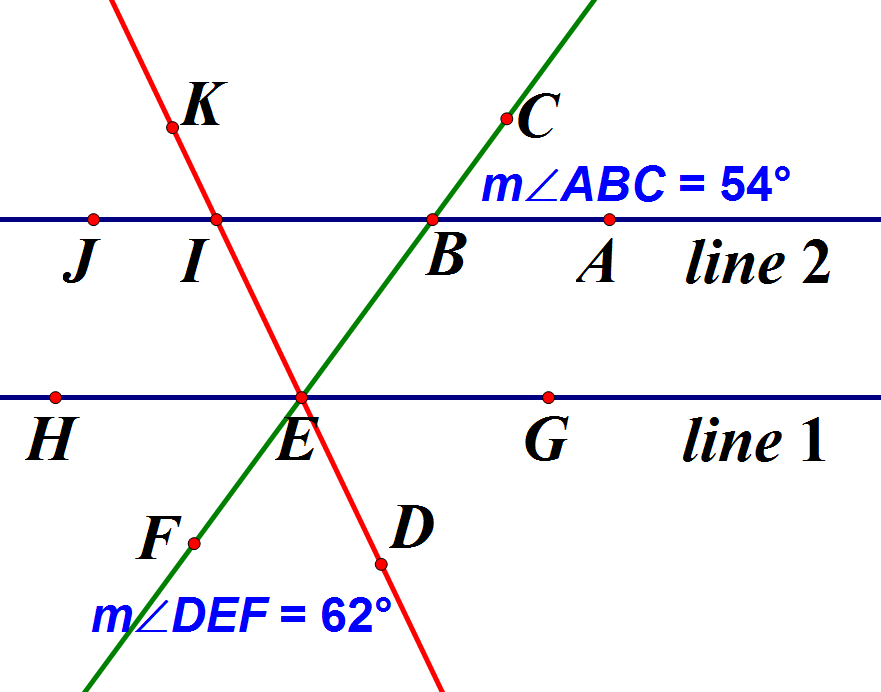











The sum of the measures of the angles in a triangle is 180°



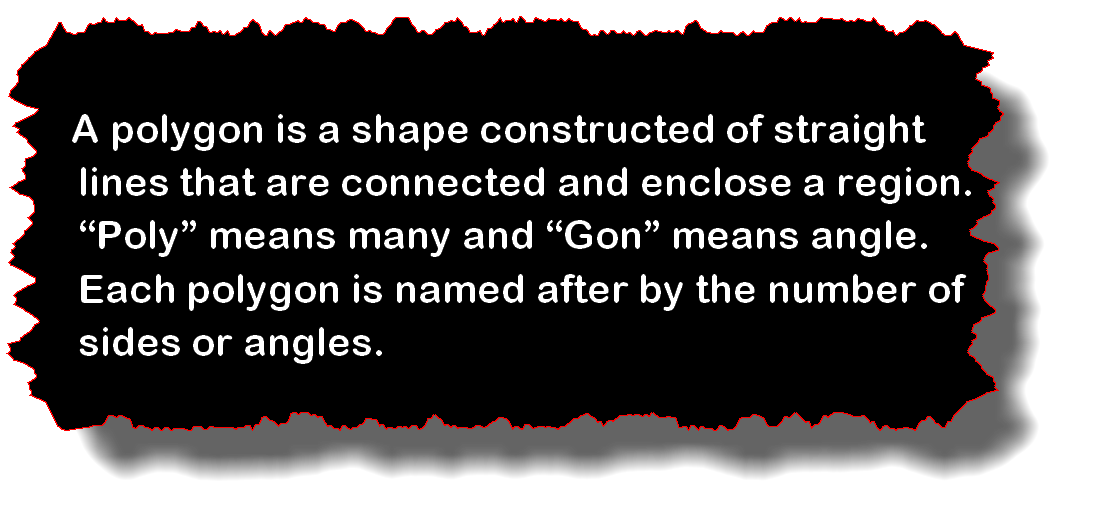
You can use [Print Screen] option on your devise to stop animation of the figures below.
Triangle is a polygon with three sides; it is named after the three angles that it forms.

Quadrilateral is a polygon with four sides. It is named after the sides (lateral) and the number of sides (Quad).

Pentagon is a polygon with five sides. It is named after the angles (-gon) and the number of them (Penta).

Hexagon is a polygon with six sides. It is named after the angles (-gon) and the number of them (Hexa).

Heptagon is a polygon with seven sides. It is named after the angles (-gon) and the number of them (Hepta).

Octagon is a polygon with eight sides. It is named after the angles (-gon) and the number of them (Octa).

Nonagon is a polygon with nine sides. It is named after the angles (-gon) and the number of them (Nona).

Decagon is a polygon with ten sides. It is named after the angles (-gon) and the number of them (Deca).

N-gon is a polygon with n sides.
A polygon that has all angles of equal in measure and all sides of the same length (equilateral).
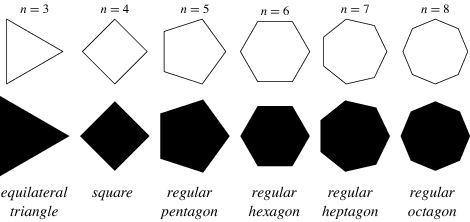
A polygon that does not have all sides equal and all angles equal.

In an acute triangle the measure of each of the three angles is less than 90˚
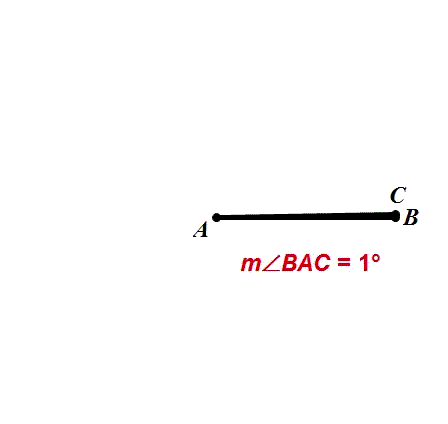
In a right triangle the measure of one of the three angles is exactly 90˚
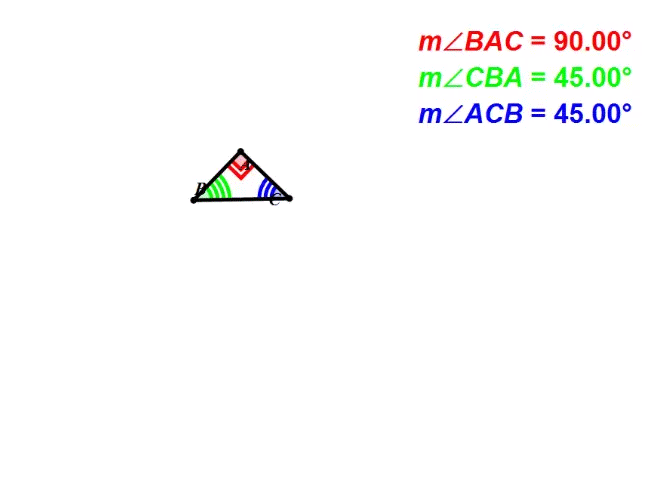
In an obtuse triangle the measure of one of the three angles is more than 90˚
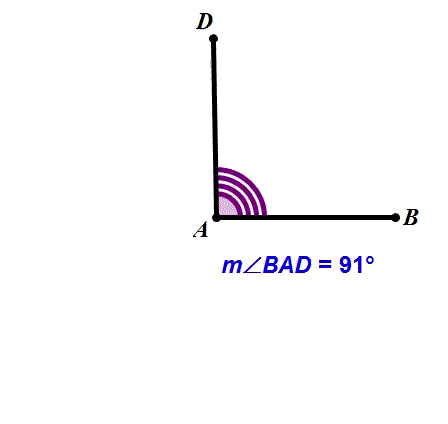
Triangle is scalene if it has no congruent sides.
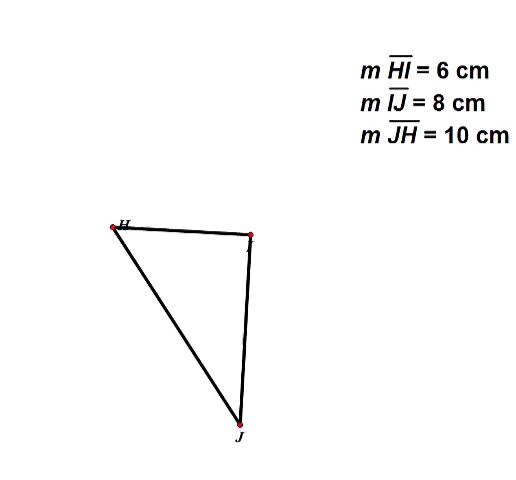
Triangle is isosceles if it has two congruent sides.
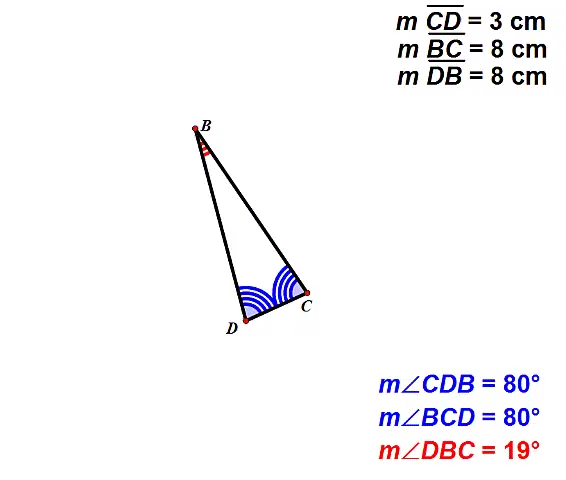
Triangle is equilateral if all of its sides are congruent.


Kite is a quadrilateral with two sets of congruent sides that are adjacent to each other.

Trapezoid is a quadrilateral with a pair of parallel sides.
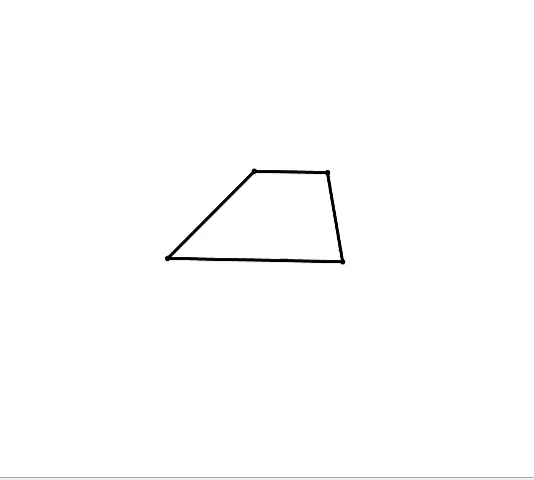
Parallelogram is a quadrilateral with two pairs of parallel sides.

Rhombus is a quadrilateral with all sides congruent.
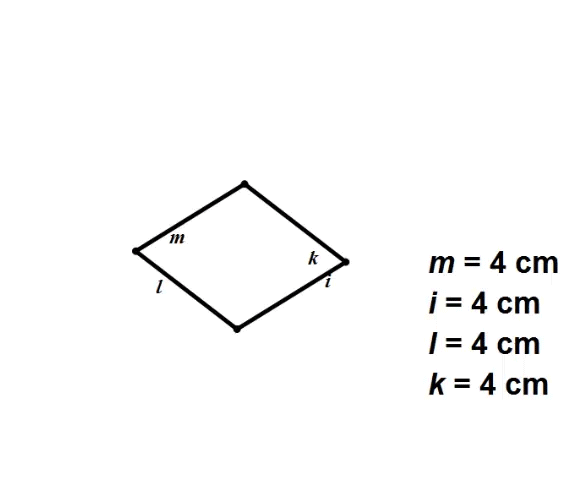
Rectangle is a quadrilateral with right angles and two pairs of parallel sides.
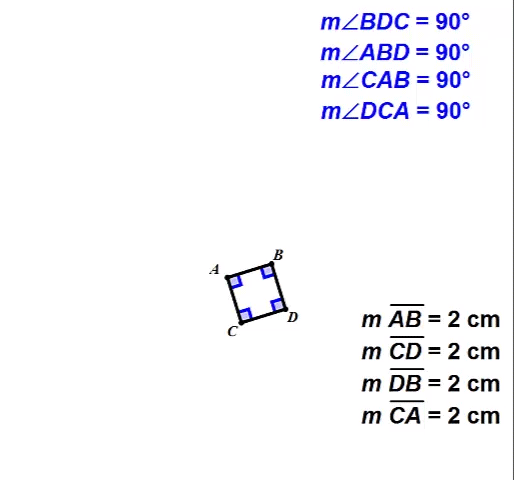
Square is a quadrilateral with right angles and all sides of equal measure.
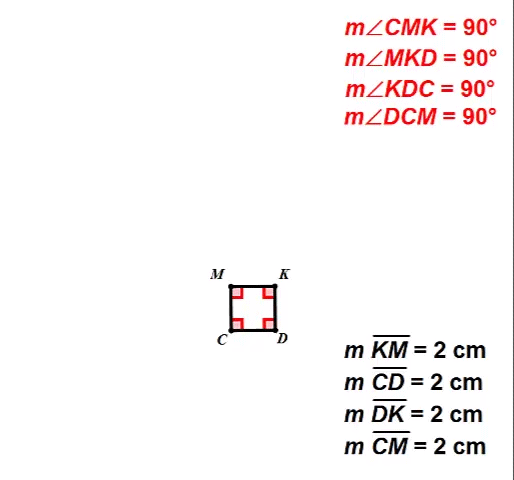

Means many (poly) faces (hedron). It's a three dimensional figure constructed of surfaces called faces that are interconnected with vertices and edges.
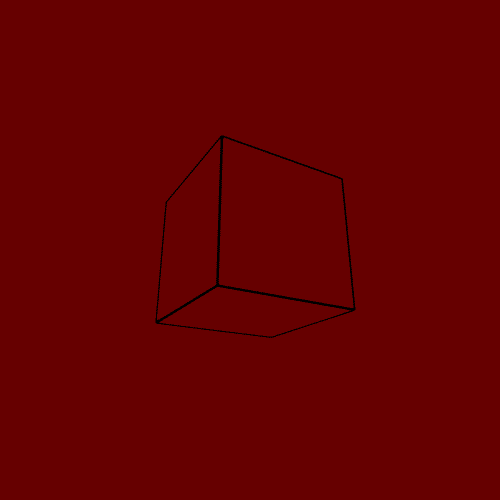
A pyramid has a polygonal base from which triangular vertices extend and all meet at a common vertex called apex.

A prism is constructed of two congruent and parallel polygons, connected with parallelogram faces.

Cube is constructed with six equal squares.

Cone is constructed with a curve, such as circle or an ellipse as a base and the lateral surface rises up to a point called apex.

Cylinder is constructed with two congruent curves in parallel planes.

